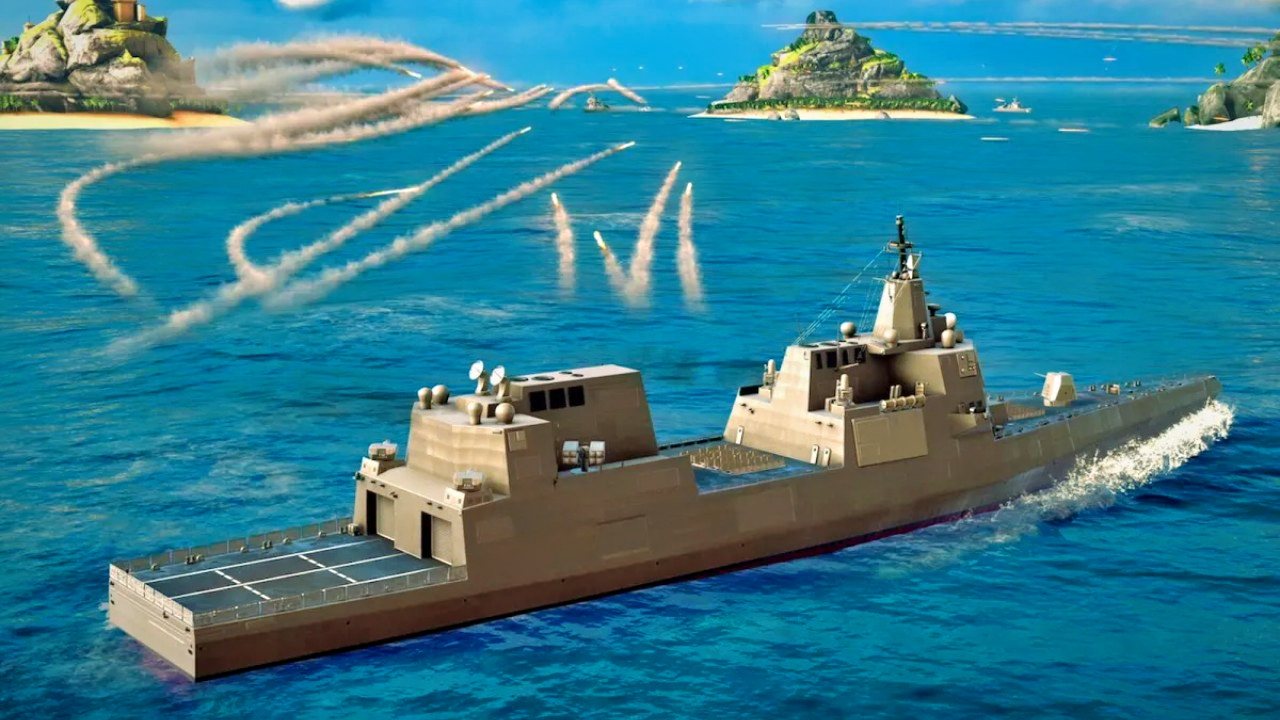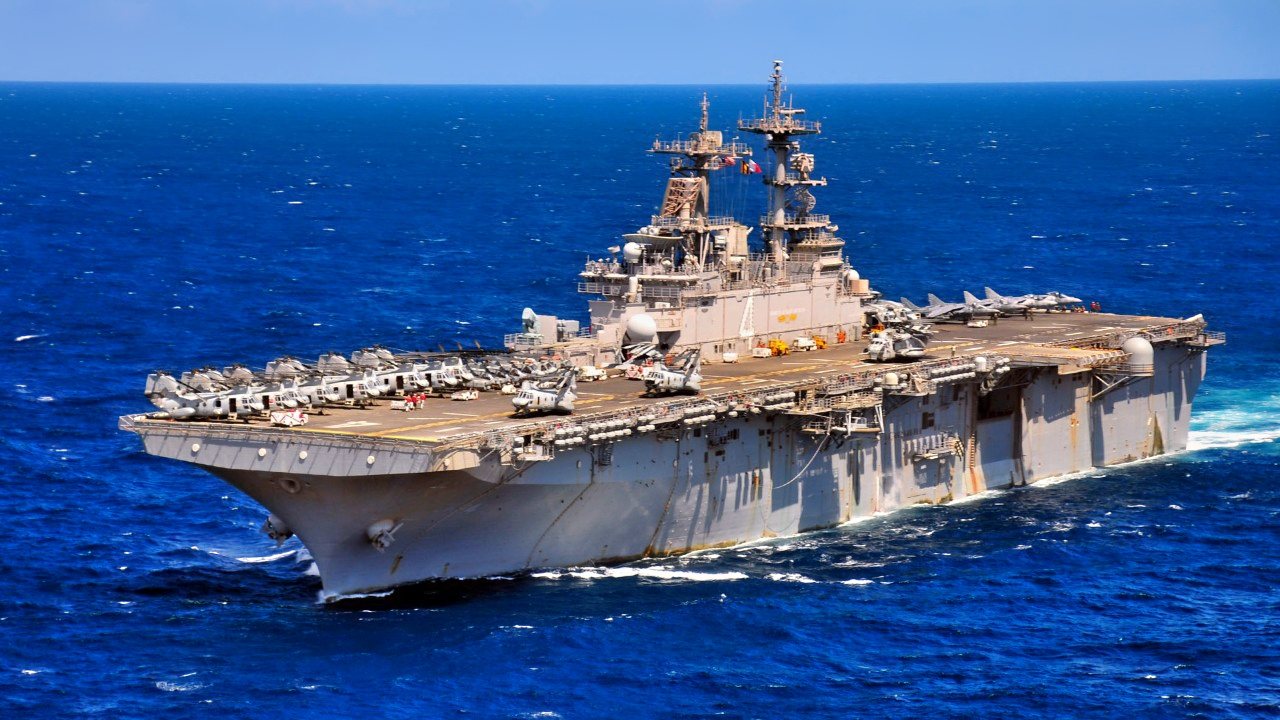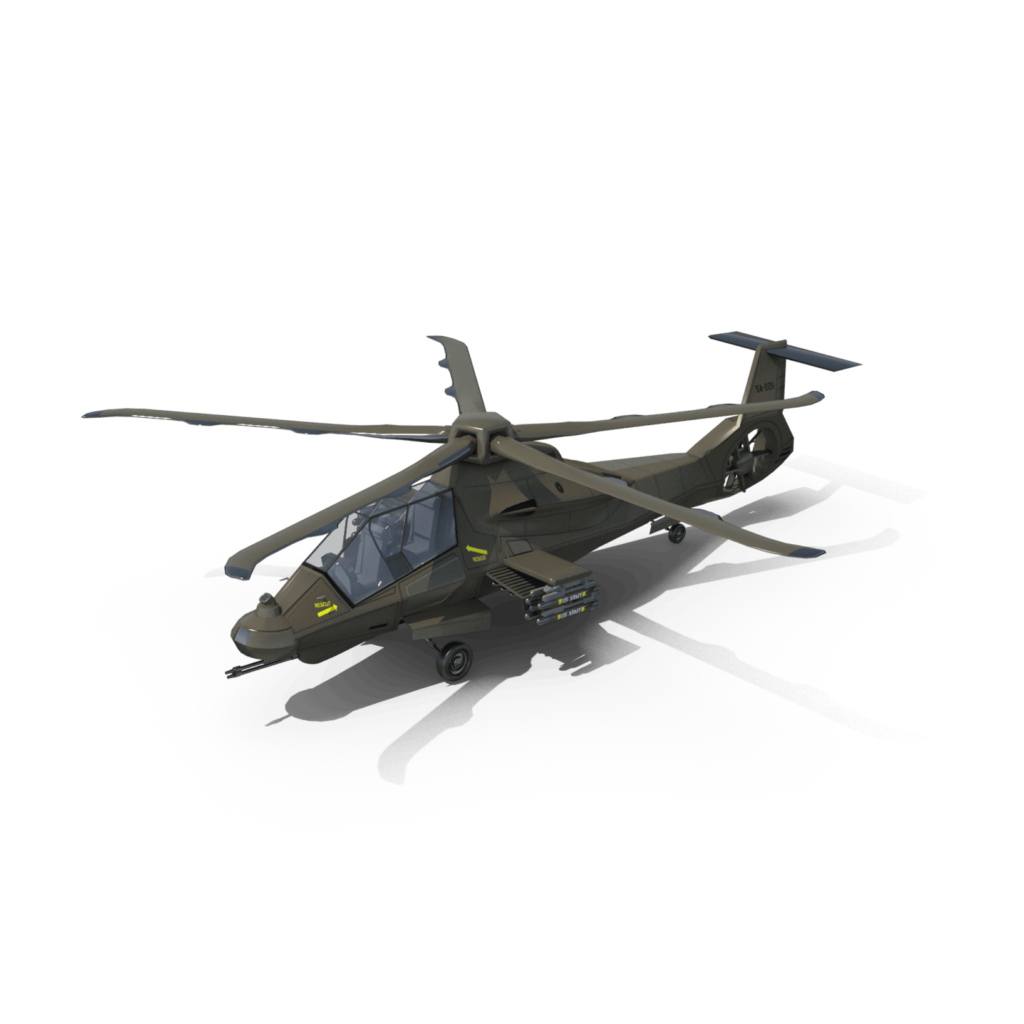
The Navy Looks Like It’s in Serious ‘Sinking’ Decline
Summary and 3 Key Points You Need to Know: The U.S. Navy is facing a serious readiness crisis due to repeated breakdowns and extended refits of key warships, such as the littoral combat ships (LCS) and the Zumwalt-class destroyers, which have struggled with technical and operational issues.
-Amphibious assault ships like USS Iwo Jima and USS Boxer have also experienced failures, while prolonged midlife nuclear refueling of supercarriers is taking years longer than expected.
-These delays and breakdowns are costing billions of dollars and reducing fleet readiness, raising concerns about the Navy’s ability to meet modern threats, as its fleet is at its smallest since before World War I.
USS Iwo Jima and Boxer Breakdown: The Navy’s Fleet Readiness Faces a Major Crisis
The United States Navy’s littoral combat ships (LCS) have been plagued by numerous breakdowns that the small coastal vessels have earned the nickname “ Little Crappy Ships.” Several of the oldest vessels have already been retired, but those vessels weren’t really all that old – and many have been pulled from service more than a decade ahead of schedule.
The LCS vessels are far from the only U.S. Navy warships to suffer breakdowns, questioning the effectiveness of the sea service’s fleet.
Moreover, the LCS hasn’t been the only expensive misstep the U.S. Navy took in attempts to create the fleet of the future. USS Zumwalt (DDG-1000), the lead vessel of a class of guided-missile stealth destroyers, infamously broke down while transiting the Panama Canal in 2016. Though that issue was addressed, the role of the Zumwalt class was put into question when it was scaled back and its armament was found to be literally too expensive to operate!
The problems seem to be bigger than just the LCS or Zumwalt class.
The Failing Aircraft Carriers
Naval Surface Force Atlantic confirmed last week that the Wasp-class amphibious assault ship USS Iwo Jima (LHD-7) was forced to return to Naval Station Norfolk following “a non-propulsion-related material casualty in the engineering department.”
According to a report from Militay.com, the vessel was conducting training operations in preparation for her next deployment, when the flattop suffered an undisclosed mechanical mishap and had to be returned to port with the assistance of multiple tugs. This is the latest debacle for the warship, which suffered a five-hour-long fire incident while undergoing maintenance in 2019.
It was also in April that another Wasp-class amphibious assault ship, USS Boxer (LHD-4) encountered an engineering issue related to its rudder, forcing a return to San Diego for repairs. The vessel returned to service in June following rudder repairs but the U.S. Navy announced that LHD-4 will need to undergo significant maintenance next spring, potentially lasting 18 months – and sidelining the warship.
USS Boxer has suffered a plethora of problems, including engine component failures and now the rudder mishap, which appears to have received a temporary fix, according to Breaking Defense.
As previously reported, in recent years, the 843-foot-long USS Boxer has spent more time undergoing repairs than on deployment. Yet, despite the maintenance issues, in March, the United States Navy announced that USS Boxer earned seven Navy-wide awards for sustained superior performance.

Prolonged Carrier Midlife Refueling
Another worrisome trend impacting the United States Navy is the time it now takes to refuel its nuclear-powered supercarriers. The process, known as the Refueling and Complex Overhaul (RCOH) – which is required after a nuclear-powered carrier has been in service for around 25 years – was designed to take approximately three years.
Performed at the mid-point of a ship’s 50-plus-year lifespan it also incorporates upgrades to the propulsion equipment, infrastructure, and combat support systems. Moreover, it modernizes a vessel that was built decades earlier.
The issue is that for USS George Washington (CVN-73), the RCOH lasted nearly six years. The current RCOH for USS John C. Stennis (CVN-74), even with the lessons learned, will still stretch out to nearly five years – and that’s only if additional problems don’t crop up.
Taxpayers Should be Angry
In addition to the effectiveness of the U.S. Navy from these problems, these breakdowns, extended refits, and maintenance issues are costing taxpayers billions of dollars.
It is a problem that has been years in the making and likely will take years to resolve. As Rollcall.com reported in 2019, the warnings from government watchdog groups have signaled the problem but lawmakers and service officials have done little to address it.
“Indeed, for at least the past 15 years, the Navy has only once declined to accept a ship because of defects, despite regularly having cause to do so,” the 2019 report warned. “Quality control will become more critical than ever in the years ahead.”
We’re seeing that already, as numerous programs are also running late. The U.S. Navy is not only at its smallest size since before the First World War, it hasn’t been this unprepared for a conflict since the late 19th century. Back then, there weren’t really any major adversaries that had their eyes on America. The same isn’t true today.
Author Experience and Expertise: Peter Suciu
Peter Suciu is a Michigan-based writer. He has contributed to more than four dozen magazines, newspapers, and websites with over 3,200 published pieces over a twenty-year career in journalism. He regularly writes about military hardware, firearms history, cybersecurity, politics, and international affairs. Peter is also a Contributing Writer for Forbes and Clearance Jobs. You can follow him on Twitter: @PeterSuciu. You can email the author: [email protected].
Image Credit: Creative Commons and/or Shutterstock.


